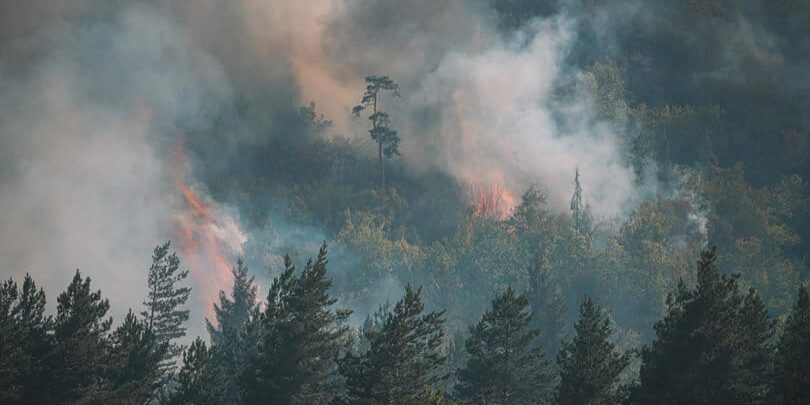If you're a collector or an art curator, chances are you've thought about artwork…

Fire Escape Poncho
Often carried by the firefighters on their belt during firefighting operations as an emergency protective gear against fire entrapment, the aluminized poncho is a piece of equipment that can be easily used by individuals against fire, for self-evacuation or rescue waiting.
What is a fire escape poncho?
A fire escape poncho is a PPE (Personal Protective Equipment) designed to protect the user against serious burn injuries during an emergency evacuation from a burning building.
Usually made with a single layer of fabric (to keep the gear as light as possible), the poncho will often take the shape of a rain coat or a cape with a hood. The design may vary but easy and quick to deploy is a must to minimize the time loss in case of an evacuation. The hood must be large enough to cover off the head and the face while allowing the usage of smoke masks without impairing the vision. Poncho with sleeves are preferable since it frees both hands (compared to fire blankets that have to be hold in place manually). Models with straps remain useful and the best to secure the gear in place. Legs however must remain free to allow easy movement and avoid tripping over the poncho.
Aluminized poncho offers an extra protection against radiant heat (compared to non-aluminized fire-resistant fabric like silica that only protects against flames).
The radiant heat protection level of the poncho is determined by the brightness of the fabric which can be rank from C1 to C4 (C4 being the highest level), if the material has been tested following the ISO11612.
Where to use it?
Any premises where evacuation could be difficult in the eventuality of a fire (skyscraper, train & subway stations, hospitals, schools, nursing homes…). The escape poncho has to be used with an appropriate mask to protect against smoke.
Who are we?
OTEGO is specialized into the manufacturing of heat protective fabrics and PPE solutions. Please feel free to visit our homepage for more information.


